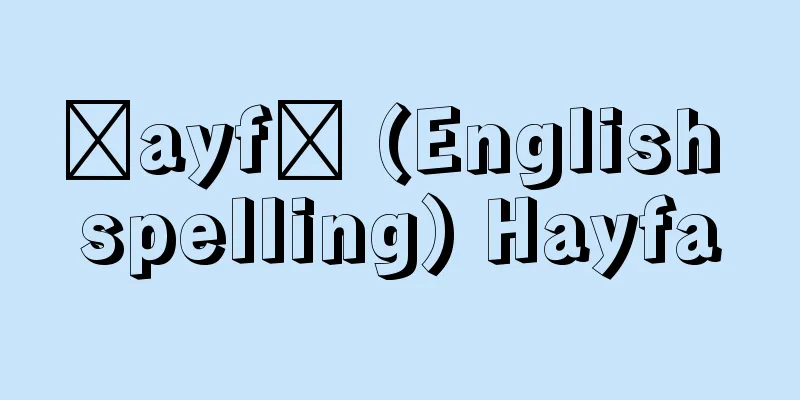Integer -

|
The natural numbers 1, 2, 3, ... and their negative numbers -1, -2, -3, ... as well as 0 (zero) are collectively called integers. Therefore, integers are classified as positive integers, 0, and negative integers. Since negative numbers are not taught at the elementary school level, only positive integers and 0 are called integers. The word "whole number" is sometimes used to refer to these. The sum of natural numbers is a natural number. However, when considering the difference between natural numbers, sometimes it is a natural number, like 5-3, but sometimes it is not within the range of natural numbers, like 3-5. Integers can be said to be an extension of natural numbers that removes this restriction and makes subtraction always possible. With integers, the result of addition, subtraction, and multiplication is always an integer. This means that the set of integers is said to be closed with respect to addition, subtraction, and multiplication. When adding two integers, if they have the same sign, the sum of their absolute values is given a common sign, and when they have opposite signs, the difference between their absolute values is given the sign of the integer with the larger absolute value. In subtraction, to subtract an integer, you add an integer with the opposite sign to the one you added. When multiplying two integers, if the two integers have the same sign, you give the product of their absolute values a positive sign, and if they have opposite signs, you give a negative sign. With integers, division cannot always be obtained in the form of an integer. However, when considering only the range of integers, you can find the quotient (integral quotient) and the remainder. When a is an integer and b is a positive integer, there is a unique set of integers q and r such that a=b×q+r(0≦r<b). q is the quotient and r is the remainder. In particular, when r is 0, a=bq, and a is said to be divisible by b. In this case, a is said to be a multiple of b, and b is said to be a divisor of a. Integers can be differentiated into larger and smaller. For any two integers a and b, exactly one of the following cases occurs: a is greater than b (a>b), a is equal to b (a=b), or a is less than b (a<b). There is no maximum or minimum number among integers. Integers can be represented on a number line. In this case, the points representing integers are arranged discretely on the number line. [Tatsuro Miwa] Source: Shogakukan Encyclopedia Nipponica About Encyclopedia Nipponica Information | Legend |
|
自然数1,2,3,……とそれらの符号を変えた数-1,-2,-3,……と0(ゼロ、零)をあわせて整数という。したがって、整数は、正の整数、0、負の整数に分類されることになる。小学校段階では負の数を学習しないので、正の整数と0だけを整数といっている。これを表すことばとして全数を用いることもある。 自然数どうしの和は自然数である。しかし、自然数の差を考えると、5-3のように自然数になることもあるが、3-5のように自然数の範囲では求められないこともある。整数は、この制約をなくし、減法がいつでも可能になるように自然数を拡張したものといえる。整数では、加法、減法、乗法の結果がいつでも整数になる。このことを、整数の集合は加法、減法、乗法について閉じているという。二つの整数の加法では、それらが同符号のとき絶対値の和に共通の符号をつけ、それらが異符号のとき絶対値の差に絶対値の大きいほうの符号をつければよい。減法では、ある整数を引くには、その整数の符号を変えた整数を加えればよい。二つの整数の乗法では、それらの絶対値の積に、その二数が同符号のときは正の符号、異符号のときは負の符号をつければよい。整数では除法はいつでも結果が整数の形で求められるとはいえない。しかし、整数の範囲だけで考えるとき、商(整商)と余りを求めることができる。aを整数、bを正の整数とするとき、a=b×q+r(0≦r<b)となる整数q、rが一通りに決まる。qが商、rが余りである。そして、とくに、rが0であるときa=bqとなり、aはbで整除されるという。このとき、aはbの倍数、bはaの約数であるという。 整数では大小が定められる。どの二つの整数a、bに対しても、aがbより大きい(a>b)、aとbが等しい(a=b)、aがbより小さい(a<b)のなかのただ一つの場合がおこる。整数のなかには、最大の数も最小の数も存在しない。整数は数直線の上に表すことができる。このとき、整数を表す点は数直線上に離散的に並んでいる。 [三輪辰郎] 出典 小学館 日本大百科全書(ニッポニカ)日本大百科全書(ニッポニカ)について 情報 | 凡例 |
Recommend
Ivanovsky, DA - Iwanofuski
…Tobacco mosaic disease has long been known as a ...
Sarugakudangi - Sarugakudangi
A treatise on Noh. Its correct title is "Sar...
Bildungsroman (German: Bildungsroman)
Originally a German term, it refers to a novel th...
Father of English Poetry
…the greatest poet of medieval England. The found...
Bohemian tie
…A necktie tied in a bow, also known as a bow tie...
Dodder vine - Dodder vine
An annual vine in the Convolvulaceae family (APG ...
Pen Club - Pen Club
The PEN Club was founded in London in 1921 by Bri...
Mowat, F. (English spelling) MowatF
... As for works from other countries, we cannot ...
Kansui - Kansui
A river that flows through central China. It is t...
Teranaipura - Teranaipura (English spelling)
Former name of the city of Jambi in southeastern ...
Today
...A unit of currency that began in China during ...
Regular script - Kaishotai
Same as "kaisho" (regular script). Speci...
Gustaf Gründgens
1899‐1963 West German actor and director. After wo...
Ionic polymerization
…In this case, the chain of reaction initiated at...
Unfinished Symphony (English: Unvollendete Symphonie) German
Symphony No. 8 in B minor (D759) composed by Schu...
![West Bengal [State] - West Bengal (English spelling)](/upload/images/67cc6d48c9b79.webp)








